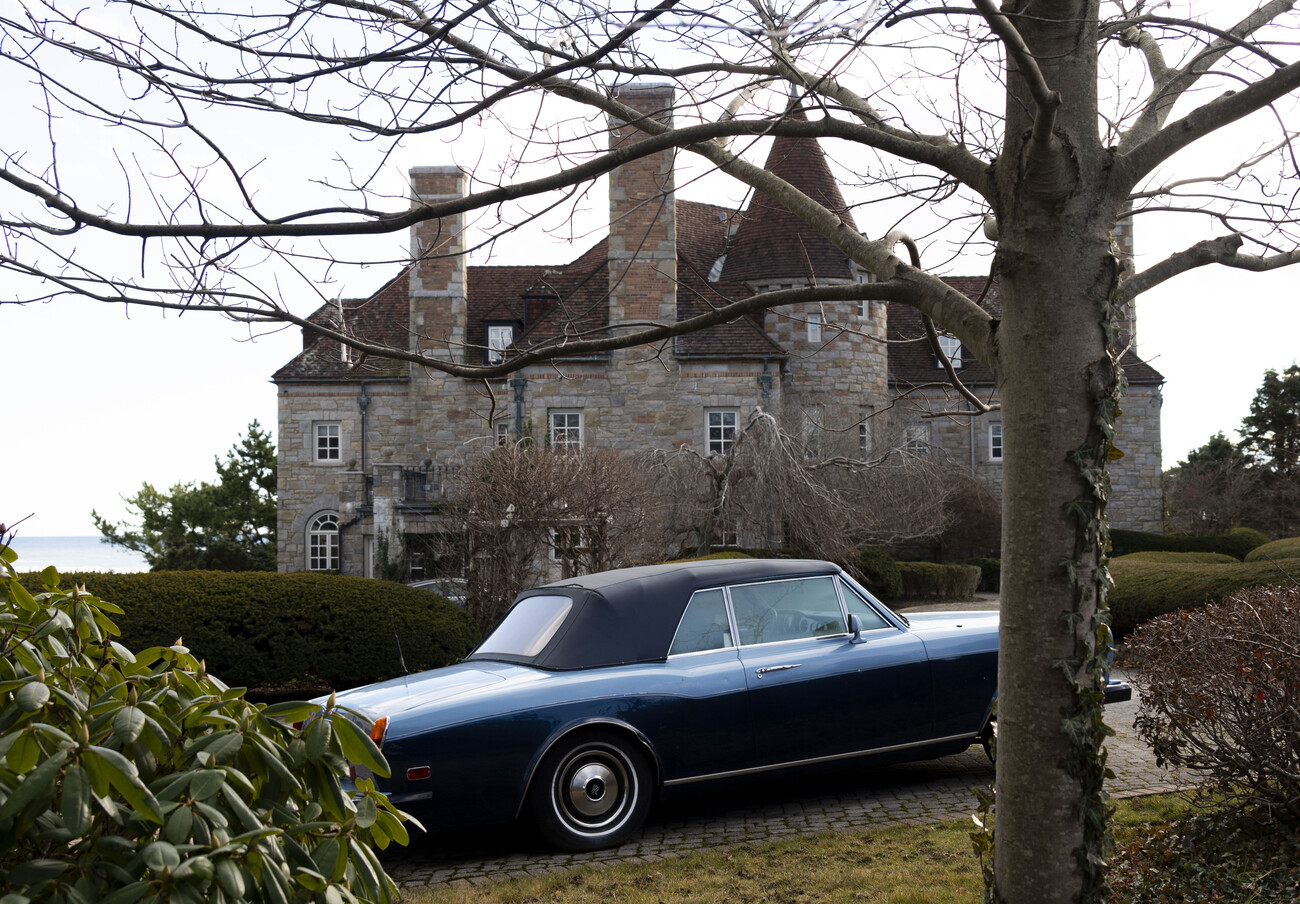You will notice something special about this week’s B4 (the page you are reading right now): it’s all about Carcassonne Castle. And I mean castle.
To put into perspective how impressive this property really is and justify the use of the word “castle,” just look at the disambiguation on the Wikipedia page: “For the mediaeval citadel in France, see Cité de Carcassonne.”
The land this castle sits on was once a part of the farm of Ephraim Brown, according to records from the Massachusetts Cultural Resource Information System (MACRIS). In early February 1872, Brown’s daughters and their husbands sold off the Neck. All but four exceptions were sold to state Sen. George Odiorne who, with other investors, formed the Marblehead Great Neck Land Company.
The company subsequently subdivided the land into 250 lots. For a number of years, investors and developers who acquired the land defaulted on debts and met other misfortune. Eventually, though, ads in Boston newspapers attracted enough attention to the lots to create the Neck we know today.
One such lot, now 373 Ocean Ave., would become Carcassonne Castle. It was built in 1935 for Aroline P. Gove, the only daughter of Lynn native and medicine manufacturer Lydia Estes Pinkham.
Pinkham’s success grew out of her kitchen, where she made herbal remedies. To make some money, according to MACRIS, one of her sons suggested selling her medicinal treatments. This venture became Mrs. Lydia Pinkham’s Medicine Company, worth $3.8 million by 1925. Gove was the company’s treasurer until her death.
Gove was also something of a real estate mogul, buying properties around the North Shore. In 1927, she bought an estate on the Neck and was known to summer there, but it was the castle she had built at 373 Ocean Ave. that garnered the most attention.
Having visited the aforementioned Carcassonne in France, Gove brought the extravagance she saw there to this quaint oceanside town. The MACRIS document describes “a central tower with four wings, poured concrete floors, and interior trim in white marble, black onyx, and exotic woods” as well as the employment of “craftsmen from 35 different building trades.” This was especially notable since the Great Depression had been raging throughout the U.S. Gove even received a commendation from President Franklin D. Roosevelt.
Gove was only able to live at the castle for four years. She passed it down to her unmarried daughter Lydia Pinkham Gove. At this point, I would just like to shout out that Lydia was a graduate of Smith College, my alma mater. She was also, according to MACRIS, the first woman to fly cross-country.
After Lydia Pinkham Gove’s death in 1948, her trustees offered the house to the Town to be used as a hospital, which it declined. When the property finally sold to G. L. Rugo and Sons (and later Beatrice V. Rugo), it came with “with a 34-page booklet describing how to care for various interior furnishings written by Aroline Gove.”
Guido Lawrence Rugo was an Italian immigrant who eventually started his own construction firm with his brothers. In 1941, he and two other Boston-area contractors bought shares of the Boston Bees baseball team, formerly known as the Boston Braves. The first motion of the new owners was to restore the old name. Rugo and his friends were nicknamed “the Three Little Steamshovels of the Braves.” These Steamshovels oversaw the team as it won the National League pennant in 1948.
The Rugos hosted fundraisers at Carcassonne to benefit Richard Cardinal Cushing of the Boston Archdiocese’s charitable organization.
After the Rugos sold the property, it changed ownership a few times before being purchased by “the high living honcho of EconoCars,” George Butler, the New England distributor of Toyotas. The MACRIS document states that he was known to host lavish parties attended by hundreds and installed a helipad at Carcassonne.
In 1982, Butler sold it to the Lillys. To learn about what happened under their ownership, continue to Charlie McKenna’s “Back in Time.”

